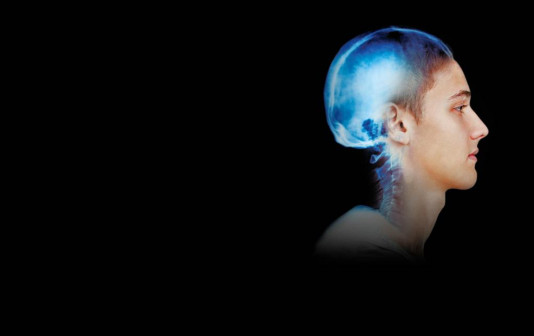Concussion in sport
Concussion is a brain injury. It can happen in any sport. You don’t have to get knocked out or even be hit on the head to be concussed. Concussion is everyone’s responsibility – everyone can learn to recognise the signs and what to do.
On this page
Sport Concussion in New Zealand - National Guidelines
This guideline document has been produced to inform and assist National Sports Organisations (NSOs), and
recreation, education and health sectors in their development of specific policy for concussion in community,
non-elite or grassroots sport.
Recognise the signs and symptoms
You should suspect concussion if you notice one or more of the visible clues, signs, symptoms, or errors in memory questions.
This content is based on information from the Pocket Concussion Recognition tool 6 ™

Physical signs
What you see:
- Loss of consciousness or non-responsive.
- Lying on the ground not moving or slow to get up.
- Loss of balance/coordination. Disorientation/confusion.
- Visible injury to face or head (especially in combination with any other signs).
- Grabbing/clutching of head.
- Dazed, blank or vacant look.
Memory
What they say – questions like:
- “What venue are we at today?”
- “Which half/quarter is it now?”
- “Who scored last in this game?”
- “What team did you play last week/game?”
- “Did your team win the last game?”
Clinical symptoms
What they feel:
- Blurry vision.
- Neck pain.
- Dizziness.
- Confusion.
- Headache.
- Sensitivity to light and/or noise.
- Tiredness.
- Problems with memory.
- Finding it hard to think or concentrate.
- More emotional.
- Irritability.
Red flags
What requires hospitalisation:
- Athlete complains of neck pain.
- Increasing confusion or irritability.
- Repeated vomiting.
- Seizure or convulsion.
- Double vision.
- Weakness or tingling/burning in arms or legs.
- Deteriorating conscious state.
- Severe or increasing headache.
- Unusual behaviour change.
Remove the player from play
Remove any athlete with a suspected concussion immediately from play. They should not return to activity until a medical doctor clears them to do so.
How to help an unconscious athlete
Apply first aid principles:
- Danger / Response / Send for help / Airway / Breathing / Circulation.
- Treat as though they have a neck injury - do not move.
- They may only be moved by a medical professional trained in spinal immobilisation techniques.
- Do not remove the helmet (if present) unless trained to do so.
- Call 111 if there is concern regarding the risk of structural head or neck injury.
Refer them to a doctor for assessment
It is useful to have a list of medical service providers that are close to where the sport/activity is taking place. A pre-activity checklist of medical service providers could include:
- Local doctors or medical centre.
- Local A&E Centre.
- Local hospital emergency department.
- Concussion clinics.
- Ambulance services (111).
What happens next
Make sure you are fully recovered before you return to sport. Follow the rest, recover, and return guidance:
- Initial concussion management involves physical and mental rest until the acute symptoms resolve.
- A graduated programme of physical and mental activity, guided by a person trained in concussion management.
- Medical clearance and return to sport.
Contact us
If you have any questions, please email us.
Email sportsmart@acc.co.nz